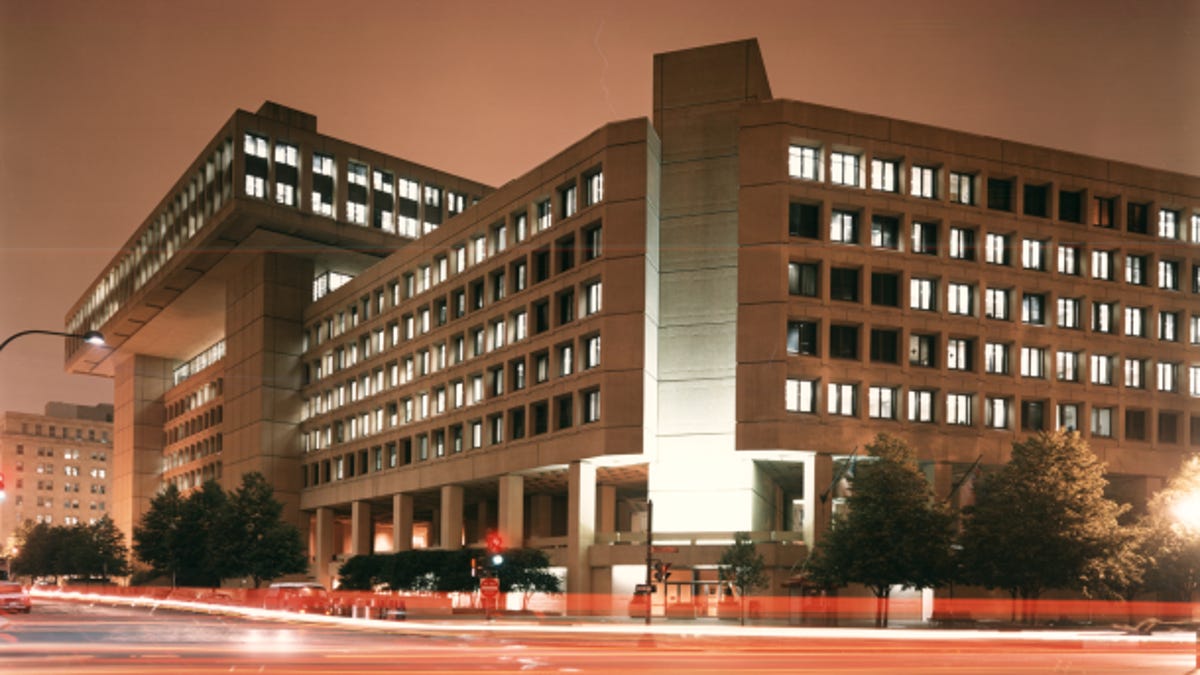FBI prepares to defend 'Stingray' cell phone tracking
Privacy groups plan to tell a judge tomorrow that controversial cell phone tracking technology, used by federal police since at least the mid-1990s, violates Americans' Fourth Amendment rights.

The Federal Bureau of Investigation's secretive "Stingray" surveillance technology that allows police to surreptitiously track the locations of cell phones and other mobile devices will itself go on trial in an Arizona courtroom tomorrow afternoon.
Attorneys representing the U.S. Department of Justice are expected to defend warrantless use of stingray devices, which trick mobile devices into connecting to them by impersonating legitimate cell towers. Prosecutors yesterday filed court documents saying stingrays were used in investigations in Arizona and Wisconsin going back to 2008.
In the legal skirmishing leading up to tomorrow's three-hour hearing, federal attorneys have told U.S. District Judge David Campbell that the defendant in this case, Daniel Rigmaiden, did not have reasonable "privacy expectations" in the whereabouts of his Verizon mobile broadband card and "thus the agents in this case were not required to obtain a warrant."
Civil libertarians are hoping the Rigmaiden case will be the first in the nation to impose privacy limits on how police use stingrays, in much the same way that previous legal challenges have resulted in curbs on warrantless use of thermal imaging devices and GPS tracking of vehicles through physical bugs.
To the American Civil Liberties Union and the Electronic Frontier Foundation, it's a clear case of surveillance technology outpacing the law. They say that "the government's use of the stingray violated the Fourth Amendment." Because stingrays represent a dragnet surveillance technique, capturing not only the target's electronic identifier but that of anyone else in the vicinity, the technique amounts to precisely the type of general search warrant outlawed by the Fourth Amendment, they say.
Another objection they have lodged is that federal agents did ask a judge to permit them to obtain telephone records from Verizon -- but, crucially, did not divulge that a stingray device was going to be used against Rigmaiden.
"Had the government candidly told the judge that it intended to use a stingray, he may have denied the application without prejudice to a subsequent application providing further details about the technology," the ACLU and EFF say. That's what happened last summer in Texas, when a federal magistrate judge rejected an effort by the Drug Enforcement Administration to deploy stingrays without obtaining a search warrant backed by probable cause.
Linda Lye, a staff attorney at the ACLU of Northern California who will be arguing in court in Arizona tomorrow, said this morning that there appears to be a pattern of concealment when police use stingray devices.
A newly disclosed email (PDF) from Miranda Kane, the head of the criminal division for the U.S. Attorney's office in the northern district of California, says (WIT refers to stingray devices):
It has recently come to my attention that many agents are still using WIT technology in the field although the pen register application does not make that explicit. While we continue work on a long term fix for this problem, it is important that we are consistent and forthright in our pen register requests to the magistrates...
Tomorrow's hearing in the case against Rigmaiden, who faces charges including conspiracy, wire fraud, mail fraud, and aggravated identity theft for allegedly filing more than 1,000 bogus tax returns, will center on his request to "suppress" data he contends the government acquired in violation of the Fourth Amendment. If he wins that argument, the so-called exclusionary rule would make evidence derived from unconstitutional surveillance inadmissible in court, but prosecutors could still win a conviction if the remainder of the evidence is sufficient.
The Justice Department has taken the unusual position of agreeing in January that the "the aircard location operation was a Fourth Amendment search and seizure." But, prosecutors say, they nevertheless intend to argue that the "defendant has no standing to complain" about any possible Fourth Amendment violations because, in part, he used a pseudonym to obtain the wireless device and rent the apartment: "Defendant's wide-ranging fraudulent and deceptive conduct should not merit an expectation of privacy that society is prepared to recognize as reasonable."
A ruling that the Fourth Amendment requires a warrant before deploying a stingray device would, if upheld on appeal, end the FBI's practice of attempting to obtain them using less privacy-protective procedures intended for recording what numbers were called on an analog telephone line. But it wouldn't halt the use of the devices: Agents could still deploy them using a warrant based on probable cause that a crime is being committed.
Stingrays aren't exactly new technology. A 1996 Wired article described how an FBI surveillance team from Quantico, Va., used one to track Kevin Mitnick: "It could also be used to page Mitnick's cell phone without ringing it, as long as he had the phone turned on but not in use. The phone would then act as a transmitter that they could home in on with a Triggerfish cellular radio direction-finding system that they were using."
Their use has spread far beyond the FBI and the military, which has long employed direction-finding gear. LA Weekly reported in January that the First Amendment Coalition obtained documents showing stingrays were used during routine "criminal investigations 21 times in a four-month period during 2012" by the Los Angeles Police Department. Those included burglary, drug, and murder investigations.
Last month, the Electronic Privacy Information Center obtained stingray documents (PDF) from the FBI describing procedures for the "loan" of stingray cell site simulators to state and local agencies. A 2009 government procurement document shows that the U.S. Secret Service paid Harris Corp., which makes stingray devices, over $25,000 for training. (Harris secured another Secret Service contract last year.)
A trial in Rigmaiden's criminal case is scheduled to start in Phoenix on May 15.

